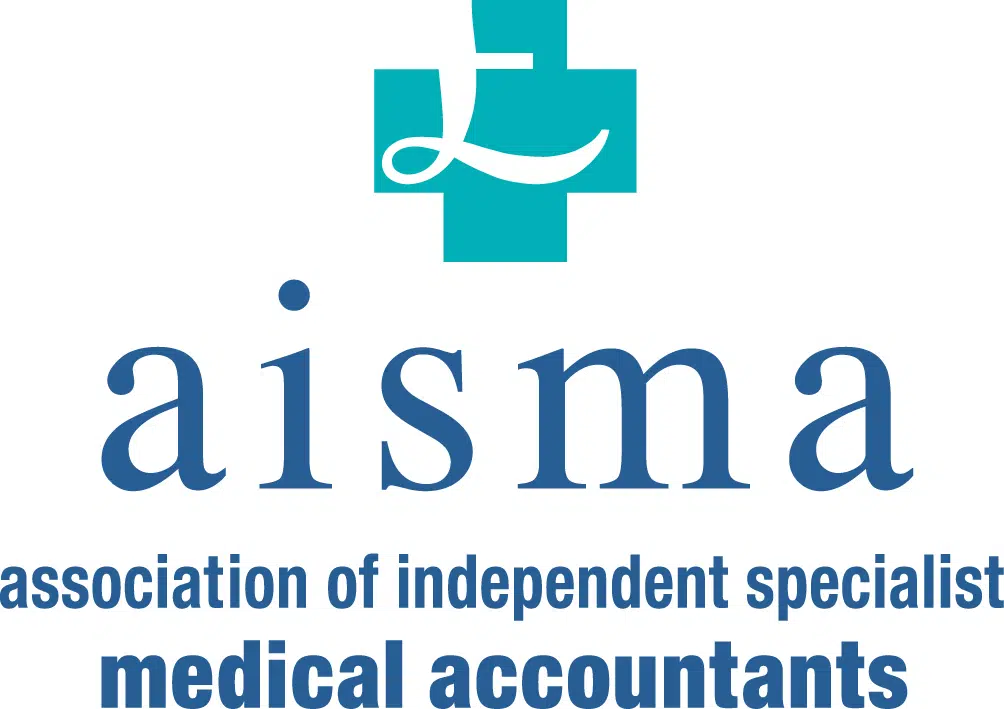Short window to secure cash-flow advantage
Published: 3rd March 2023
Usually, where you make a gain on a UK residential property where there will be a tax liability it must be reported to HMRC within 60 days, with a payment of the estimated tax. However, if you make a disposal shortly before 5 April 2023, there is a limited opportunity to delay the payment until 2024. How is this possible?
The Capital Gains Tax on UK property account is used to report disposals of UK residential property by taxpayers resident in the UK who have a tax liability on the gain. It is also used by non-UK residents, but the rules are slightly different, e.g. all disposals of UK property must be reported, irrespective of whether there is a gain or not. A payment of the estimated tax due is payable by the same deadline, i.e. 60 days from the date of completion. The disposal must then be reported on the self-assessment tax return, and any over or underpayment reconciled.
However, where the disposal takes place towards the end of a tax year, it’s possible to secure a cash-flow advantage. There is an exception to the requirement to file a 60-day return if the gain is reported on a tax return for the year of the disposal, but only if the return is filed before the 60-day deadline. This will be possible where the tax year the disposal occurred in has already ended, so will only be applicable where the exchange of contracts takes place shortly before the end of the tax year, i.e. 5 April 2023 for the 2022/23 tax year.
Note that the trigger date for determining the tax year of disposal is the date of exchange, but the 60-day window starts at the date of completion. So, for example if contracts are exchanged on 28 March 2023, and completion on 14 April, you will have 60 days from 14 April to file the tax return. If this is possible, you won’t need to pay the tax until the normal payment deadline, i.e. 31 January 2024 – a significant cash-flow advantage.











